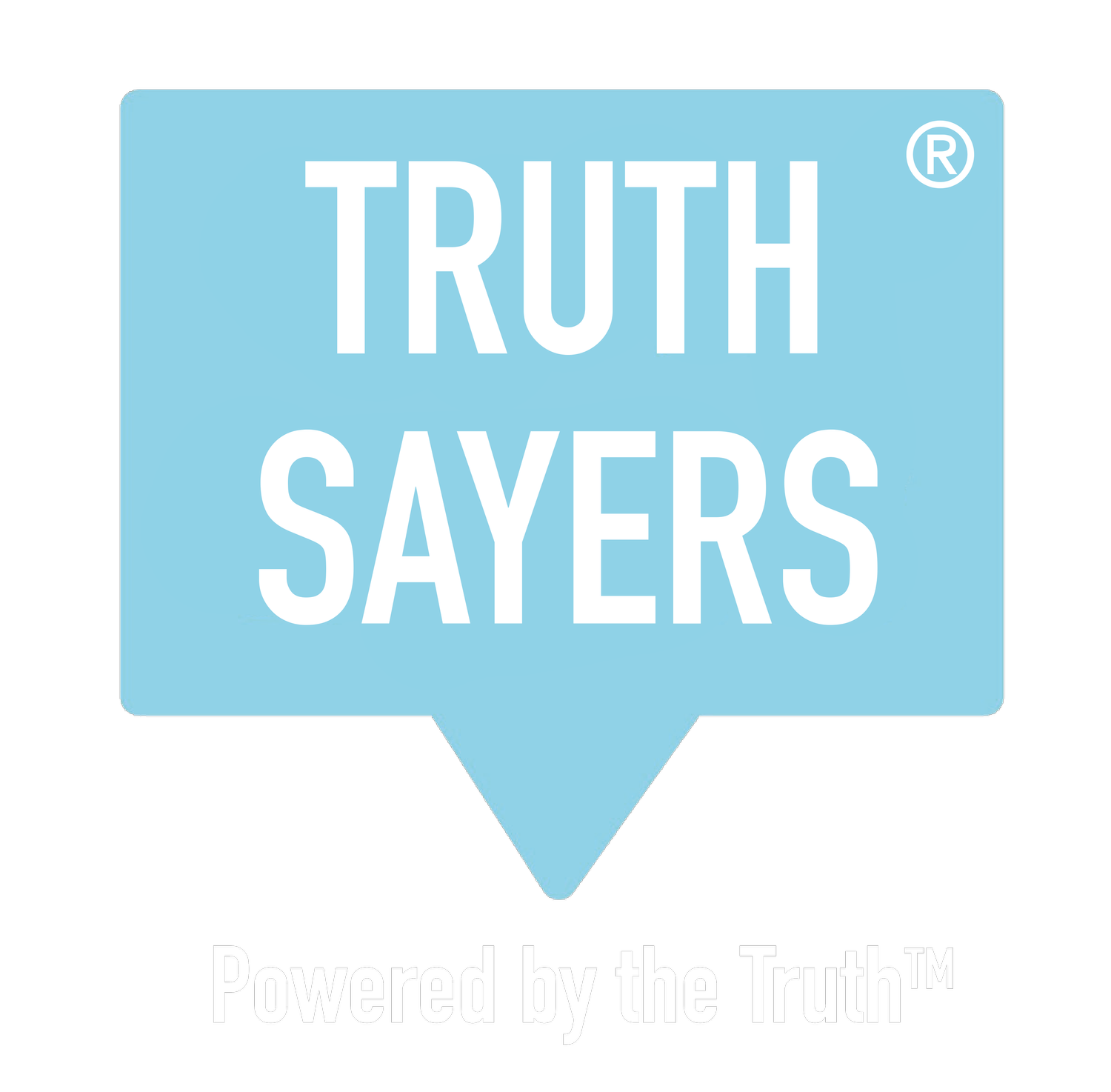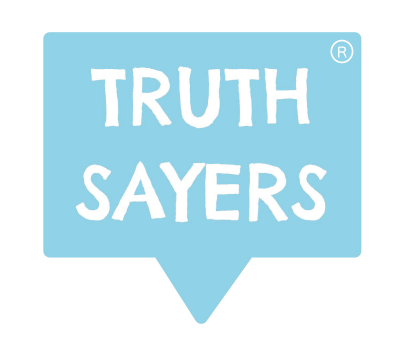Unconscious Bias Training Is Not Enough. Do These 3 Things As Well
UBT is big business with $Billions spent globally every year. But does it really work?
As of late, the reputation of Unconscious Bias Training has begun to take a hit - perhaps, rightly so. There’s been the usual smorgasbord of training companies, learning centres and consultancies jumping on the bandwagon, all claiming they’ve got the solution. Pour in a heady mix of companies — from those genuinely wanting to make a difference, to the tick-box virtue signallers, all scrambling to find an answer to fix it, and you’ve got quite a melting pot of desire, need, greed and head scratching.
Off-the-shelf ‘products’ have many shortcomings, highlighted in numerous papers, including the recent report published by the government’s Behavioural Insights Team: Unconscious Bias And Diversity Training — What The Evidence Says:
“…in spite of a huge number of studies having been conducted on interventions which seek to reduce bias and prejudice, no reliably effective approaches have been established …”
Findings point to:
Flaws in the methods being used to assess unconscious bias
Ineffective responses and reviews of the results
Short-term, quick fix interventions do not result in lasting, positive change
What can be done?
Demystifying the jargon
Let’s start by deconstructing some of the fuzziness around the terminology being thrown about. Half the battle is understanding what everyone is talking about. We need proper definitions and distinctions, so I’ve unpacked it here:
Unconscious Bias
This is sometimes referred to as implicit bias. These biases are our innate, intuitive, gut feelings stored in the non-conscious parts of our brain. Our emotions, feelings, attitudes and sentiment built up over our lifetime, that are deep seated and formed from experiences, both good and bad. But we aren’t always aware of them on a day-to-day basis.
Conscious Bias
This is sometimes referred to as explicit bias. These biases are part of our everyday cognitive processes located in the conscious part of our brain. They require thought, where we apply logic and rationalise our decisions and actions, for better or for worse.
But in talking about conscious and unconscious bias, you also need to talk about awareness.
Conscious Awareness
We can have conscious awareness of our unconscious biases through the way we feel, or alternatively we may be unaware of our unconscious biases as our actions have become automatically driven by them. We are always aware of conscious bias as the name suggests. In the majority of cases, we are consciously aware of how we are calculating what we say, how we approach a situation or the basis on which we make a decision. But in the messiness and noise of everyday life and the office we are not always aware or mindful of our thought processes.
Create more conscious awareness of our unconscious biases
This is critically important. And this is where the UBT — if approached correctly — comes in. Helping people become much more aware of their deep-seated attitudes and sentiment.
What does this really mean?
It boils down to two things that we need to get better at individually and collectively if we are to improve our feelings and behaviours towards one another:
Our conscious biases can be negatively or inappropriately biased towards gender, race, diversity, disability, etc. We are aware of them and may choose to make a particular decision or take a particular path, based on these conscious biases.
Our unconscious biases can also lead to negative or inappropriate actions and behaviours. We may just not be aware of them and that makes them the hidden invader, the emperor of all organisational maladies. Especially when these hidden biases negatively impact on gender, race, diversity and disability.
One thing to remember and guard against in UBT is that an individual’s awareness of an unconscious bias towards something, can result in them taking an overly biased opposite position to counteract this, which, in itself, can be just as damaging — and in some circumstances more damaging — to those working around them. So, getting the balance right is an ongoing and ever-changing challenge because…
Its complex
An organisation is just like any other part of society: it’s a social construct, and each individual in it brings their own systems and stories. Deep seated memories, feelings, emotions, attitudes and sentiments all swirl around the vortex that is the non-conscious part of the human brain. This is further amplified by yet more systems and stories created through everyone’s interactions that make up the organisation as a whole.
So, people are different and complex, and organisations are different and complex. A constantly shifting landscape of perceptions, decisions, behaviours and outcomes. How we function individually and together is essentially a continuous mix of conscious and unconscious biases.
The bottom line?
You aren’t going to unravel this in an afternoon, which means when you are talking about unconscious bias training and diversity training you need to approach it in the right way.
3 Steps to Getting it Right
1. Start by using the right tools to find out how people really feel.
This is vital. Get it wrong and it really doesn’t matter what else you do after it because you will be starting from the wrong place. Which means the ‘wrongness’ only gets amplified. Incredibly risky when you consider people will potentially be taking action from the insights gained to change themselves. Or worse still, following UBT, some people react by becoming complacent about their own biases, thinking they are “fixed”.
Avoid using traditional survey or assessment methods and tools. These tools only capture our conscious biases. Filling out a traditional survey where people are self-reporting means people are thinking about their answer. It’s a cognitive process. From a neuropsychological standpoint we typically have a predisposition to answer questions with a positive cognitive bias, so the situation looks better than it actually is.
In addition, given the subject matter, people can employ their rational thought processes to answer how they think you want them to or how they think they should be seen to. It becomes what they are ‘prepared to say’.
This isn’t at all useful when trying to better understand yourself or change yourself from a position of strength and authenticity.
The most appropriate tools to use are the next generation of people analytics that combine the advances in neuroscience with psychology, data and technology. These tools — often based on implicit reaction time tests — are those that bypass conscious bias and tap into and measure the actual feelings, attitudes and sentiments of people. This is the unconscious bias that UBT is aiming to get insight into, so that the right training can be applied.
Using the right tool for the job means you are starting with much clearer, more accurate and consistent data from which to design and deliver the appropriate UBT. Each individual taking part gets a much deeper, more relevant and meaningful set of insights about themselves, giving them accurate information to act upon.
2. Transform overtime, not in one hit.
Thinking that people will understand, accept and be able to rewire innate attitudes and behaviours in a single afternoon’s training session is completely unrealistic. A development programme is needed that combines dedicated sessions, individual and team coaching and mentoring over an extended period of time.
Find ways of making it a much more organic process, less of a tick box exercise. In fact, as the Behavioural Insights Team point out, it’s often the processes themselves that need, transforming, re-engineering, re-imagining to take the current behaviours off the rails. So that the infrastructure itself isn’t perpetuating the challenge of achieving diversity, inclusion and equality, no matter how much the people following the process may have transformed themselves.
Less mandate and more osmosis can help with managing down any adverse reactions to taking part and making it more of a voluntary exercise. You’ll be surprised how many employees take up the opportunity to better themselves of their own volition. Approaching it with a different mindset as a result.
3. Use experts who understand the lived experience.
If you’ve lived it and you’re passionate about it, you are in a much better position to impart knowledge and teach it. There’s a variety of different training practises, consultancies and professional services firms out there who offer UBT. But be careful… take your time to find one that isn’t just riding the zeitgeist commercially, and that’s particularly relevant when you are combining UBT with Diversity, Inclusion and Equality training.
The Centre for Inclusive Leadership is one contemporary human capital management practice who specialise in embedding the long-term change needed. Led by world class experts who have lived the experience, The Centre for Inclusive Leadership provides relevant insights and actions, with clear understanding of the pitfalls and challenges of managing people’s reactions to discovering their unconscious biases. Their first-hand experience enables them to guide organisations to make the right changes, in the right way, over time.
The underlying intention of UBT is great, but it needs to be understood and delivered in a way that means organisations, the world over, are spending their money and seeing a real practical, lasting return from it.
If organisations get this right, we have a very real chance of overcoming the challenges of Diversity, Inclusion and Equality.
Don’t let the wrong tools and an incorrect approach stop you from making peoples’ working lives better.


